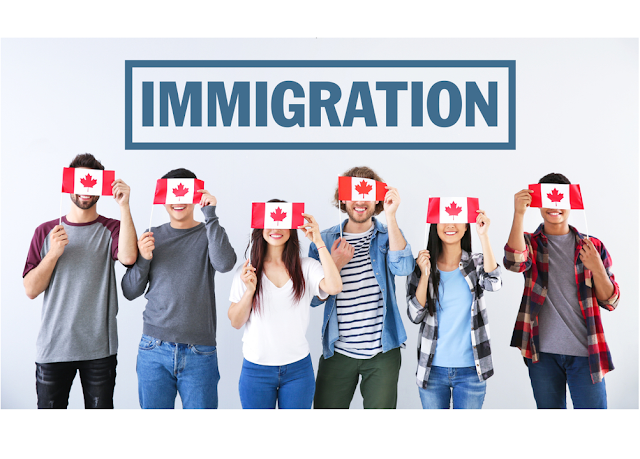Immigration to Canada is not easy. There are many steps one has to take in order to successfully apply and get approved for Canada immigration. Also, the process can take a number of months and in some cases a few years. But if you know what options are available, you can improve your changes of success and avoid “pit falls”, frustrations and delays.
 |
| canada immigration |
How to Immigrate to Canada: 5 Options for Immigrating in 2023
1. Express Entry Program
Canadian Immigration Program that allows immigrants to live and work in Canada as a skilled worker through Express Entry. The new system will allow Citizenship and Immigration Canada (CIC) to pro-actively assess, recruit and select immigrants who are skilled and/or possessed the relevant qualifications under federal economic immigration programs:
- Federal Skilled Worker Program (FSWP)
- The Federal Skilled Trades Program (FSTP)
- The Canadian Experience Class (CEC)
The Express Entry program will also allow individual provinces and territories to use the system in order to recruit suitable candidates as part of the Provincial Nominee Programs so that labour market demands are met.
2. Family Class Sponsorship
Family Reunification remains a corner-stone of Canada immigration policy. Families in Canada can sponsor their relatives to come to Canada on a permanent basis. In order to qualify to Sponsor your relative, you have to be a Canadian citizen or permanent resident. Also who you can sponsor is: your spouse and children under the age of 22 (there are some exceptions to this). Sponsoring your parents or grandparents is no longer an option at this time. However, you can bring them to Canada under the Super Visa Category.
3. LMIA Work Visa
Many applicants for Canadian immigration first get Canadian job offers, apply for a work visa and then on that basis, immigrate to Canada. The LMIA involves securing a Canadian job offer, having the Canadian employer apply for an LMIA though Service Canada and then the applicant applying for the work permit after the LMIA is approved. This is a very involved processes but can lead to Canadian permanent residence.
4. The Provincial Nominee Programs (PNP)
The PNP route is becoming an increasingly popular way to immigrate to Canada. Canadian provinces such as Alberta, Ontario, British Columbia and others have developed their own immigration programs that often lead to a fast-track process. However, the PNP category generally requires that applicants reside in the respective Provinces after they arrive in Canada. Further, most PNPs require a job offer from a Canadian employer in order to qualify.
5. Canadian Investor Immigration
The Investor Category is designed for high net worth individuals who have owned or managed businesses overseas. By allowing experienced business people invest in the Canadian economy, they are contributing to Canada’s overall growth and prosperity. There are essentially two investor programs in Canada: The Federal Investor Program and the Quebec program. Both programs are somewhat similar and require that the applicants have a high net worth and make a large investment in an approved investment fund for a 5 year period. Investor immigrants can bring their spouses and children as dependents to their applications.
READ MORE:
2018 Update: As of June 2014, applications still in the backlog of the federal Immigrant Investor Program and Entrepreneur Program were terminated. The Quebec Investor Program and Quebec Entrepreneur Program were not affected.
Are there other options for Canadian Immigration?
There are other ways to obtain Canadian immigration such as the CEC category, Humanitarian and Compassionate application, Refugee Claims, as well as
Where Can I Get More Information?
You are welcome to search our site new.bedaily.club where you will find more of information about Canada immigration. Contact us today for an evaluation of your particular immigration needs.



